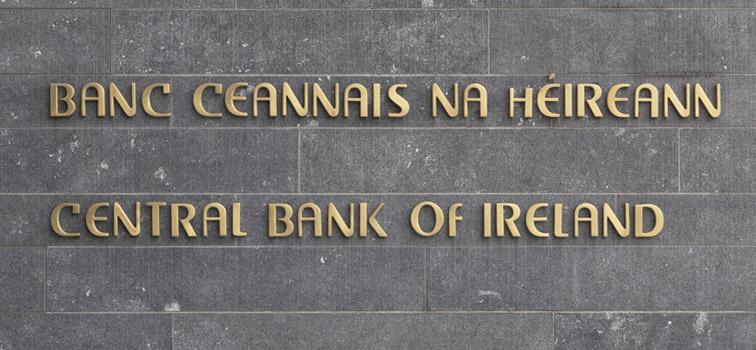Central Bank of Ireland publishes new data on bank account openings and closures
11 November 2022
Press Release

- 38% of the current and deposit accounts that were open at the beginning of the year in Ulster Bank and KBC Bank had been closed by end-October 2022
- 800,325 accounts were opened in the three main remaining banks in the first ten months of the year.
- The number of account openings by the three remaining banks are approximately double the number of openings in an average ten month period in the previous three years.
- Customers in Ulster Bank and KBC Bank closed a total of 84,494 current and deposit accounts in October. The pace of customer-led account closures slowed in the second half of October, but still saw an increase of 15% compared to the four weeks to the end of September.
- This brings the total number of accounts closed by customers in the ten months to end-October to 464,998. Of these, 234,098 were current accounts, and 230,900 were deposit accounts.
- In total, 38% of the current and deposit accounts that were open at the beginning of the year in Ulster Bank and KBC Bank were closed by customers by end-October 2022.
- Of the 447,733 current accounts that remain open, 341,184 were deemed by the exiting banks to be active accounts, and 247,116 were deemed as customers’ ‘primary’ account.
- 800,325 accounts were opened by customers in the ten months to the end-October. The majority of these were current accounts (579,433).
- The pace at which new accounts are opened by customers has slowed in recent weeks, with 82,213 accounts opened in the four weeks to end-October. This is 14% (or 13,197 accounts) lower than the weeks to end of September.
- The number of account openings by the three remaining banks are approximately double the number of openings in an average ten month period in the previous three years.
- Of the total new accounts opened since January, 58% were opened online, while the remainder were opened in a branch. The average waiting time for a branch appointment was six and a half working days at end-October. This has fallen from an average of nearly 10 days in early August.
Director of Consumer Protection, Colm Kincaid, said: “The forced migration of such a large volume of customer accounts is unprecedented in the Irish market, and has required an unprecedented response by banks and other financial service providers and commercial entities to ensure that it is managed properly for the customers affected, who have not chosen to be in this position.
“The continued progress shown in the data we are publishing today is encouraging as we enter the next part of the exercise with the departing banks commencing their process of closing accounts on a phased basis. This account closing exercise is one we have and will continue to scrutinise very closely, as we have scrutinised each phase of the withdrawal, to ensure the clear expectations that we have set are being met. This includes in particular ensuring that no customer account is closed until all and every reasonable measure has been taken to ensure that the customer has been enabled to switch.
“We understand that for many people, switching their account may not be a priority in the run up to Christmas, but we continue to encourage people to take action sooner rather than later to ensure they move their banking arrangements to retain the level of banking service they need. If you are having any difficulty in moving your banking arrangements, you can contact your bank which is required to support you through this transition. “
The Central Bank of Ireland serves the public interest by maintaining monetary and financial stability while ensuring that the financial system operates in the best interests of consumers and the wider economy. It established a bespoke statistical collection on account migration from the two exiting banks; Ulster Bank and KBC, and the three largest remaining retail banks; Allied Irish Banks, Bank of Ireland, and permanent tsb. The collection monitors the migration activity of all customers, including households and small and medium enterprises (SME), as well as any other counterparty not included in these two groups.